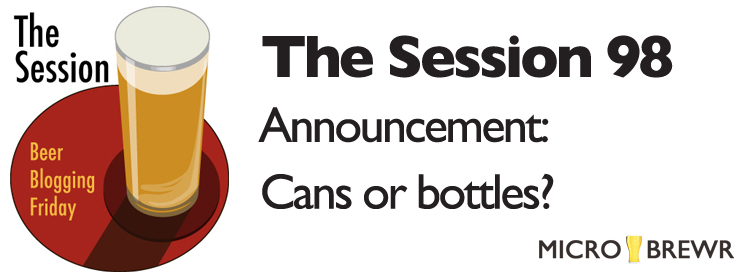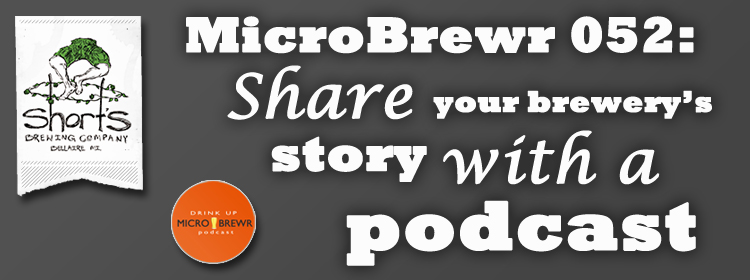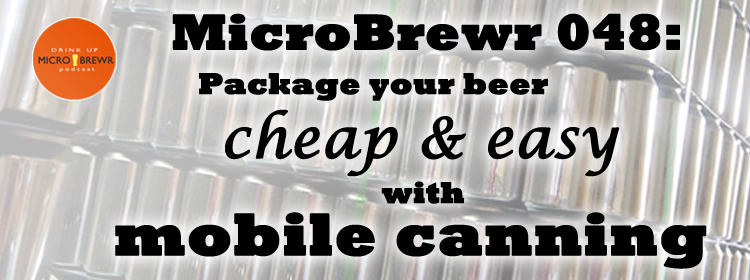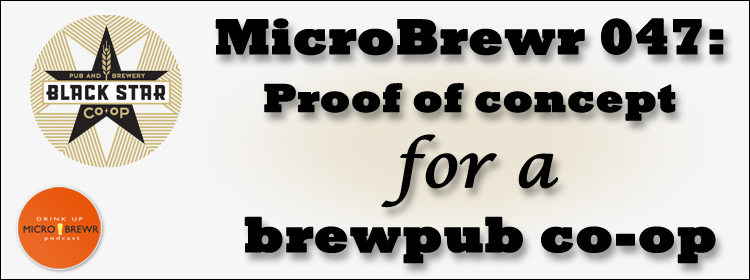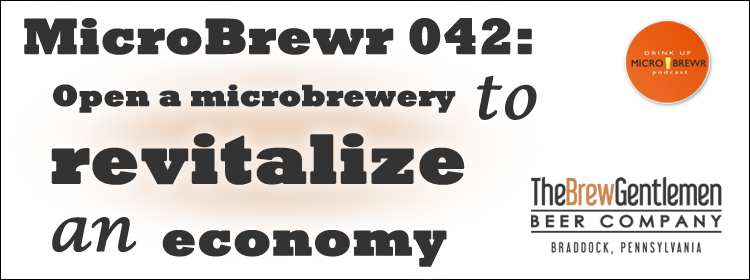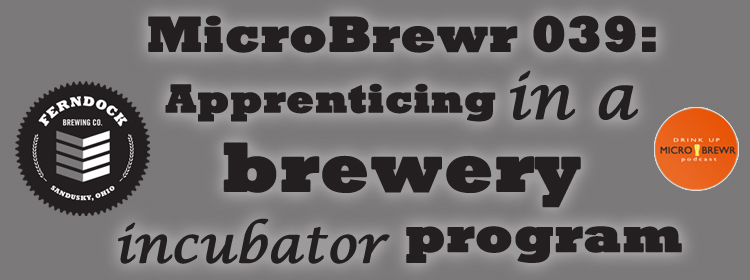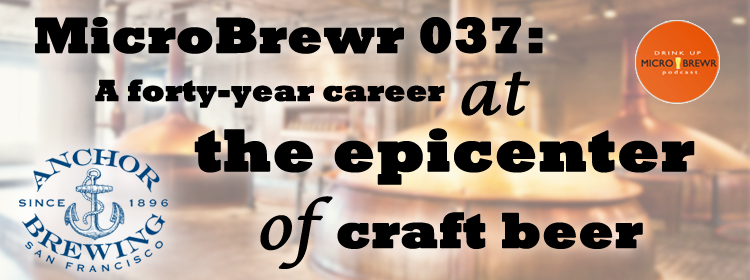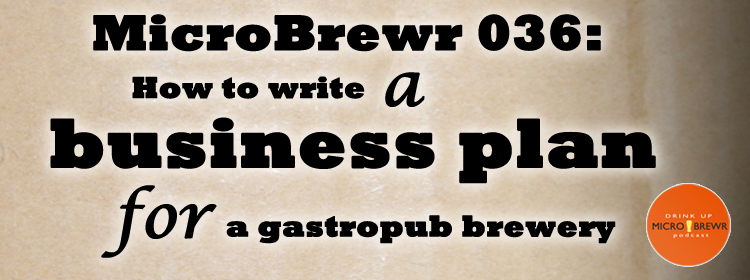The Session 98 announcement: Cans or bottles?
The Session, a.k.a. Beer Blogging Friday, is an opportunity once a month for beer bloggers from around the world to get together and write from their own unique perspective on a single topic. Each month, a different beer blogger hosts The Session, chooses a topic and creates a round-up listing all of the participants, along with a short pithy critique of each entry. (Find more info on Brookston Beer Bulletin.)
The last time was “Up-and-Coming Beer Locations,” hosted by Our Tasty Travels. The topic for The Session this month is: Cans or bottles?
Read the roundup: The Session 98 roundup: Cans or bottles?
I ask this same question to every guest of MicroBrewr Podcast. I think it’s an interesting study into both industry and consumer trends.
The craft beer industry is neat, in that the producers are often consumers as well. When a brewery owner answers this question, she gives her perspective not only as a manufacturer of an alcoholic beverage product, but also as a consumer of beer.
A bottling line or a canning line is a substantial financial investment. So this question is a significant consideration to anyone starting a brewery.
The answers give great insight. However, one thing I see lacking from the discussion is solid data.
Of course aluminum can manufacturers and glass bottle manufacturers each have an interest in showing their packaging is best. I have heard a lot of arguments on both sides, even data and statistics, but I haven’t heard many references from third-party studies. If you can offer this, that would be a great help.
In any case, I’m looking forward to reading the answers not only to see where the consumer trends are going, but also as research for the brewery I dream of opening.
Read: Cans or Bottles? 27 industry experts reveal their preference
What’s your perspective?
Will you write from the consumer point of view? From which kind of packaging do you prefer to drink beer? Why do you prefer that packaging?
Will you write from a manufacturer perspective? How do you want your brand portrayed? Which packaging suits your beer best?
Will you write from a distributors perspective? Which packaging do you prefer to transport and stock at retail locations?
Some other insight?
RELATED: Cans or bottles? Surprising results from two blind taste tests
To participate in The Session Beer Blogging Friday, leave a comment below with a link to your post on or before the first Friday of the month, April 3, 2015.
So far, The Session next month is still open. If you want to host The Session 99, check out the guidelines and reserve the next free month or any specific month not yet taken. To do this, please contact Jay (.) Brooks (@) gmail (.) com or Stan Hieronymus of Appellation Beer via email at stan (@) appellationbeer (.) com.
Join the mail list
Don’t miss other great posts like this one.
Sign up for the email list: Sign me up!

